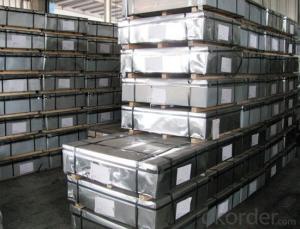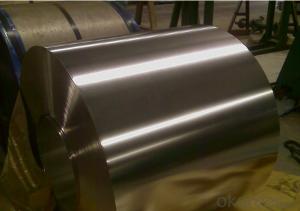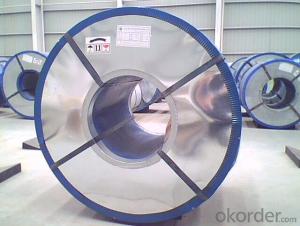Tinplates (ETP) Coil and Sheets for Foods Packaging
- Loading Port:
- Tianjin
- Payment Terms:
- TT OR LC
- Min Order Qty:
- 25 m.t.
- Supply Capability:
- 7000 m.t./month
OKorder Service Pledge
OKorder Financial Service
You Might Also Like
1.Structure of Tinplate (ETP) Coil and Sheets for Foods Packaging Description
Electrolytic Tin Plate Coils and Sheets for Foods Metal Packaging, is one thin steel sheet with a coating of tin applied by electrolytic deposition. Tinplate made by this process is essentially a sandwich in which the central core is strip steel. This core is cleaned in a pickling solution and then fed through tanks containing electrolyte, where tin is deposited on both sides. As the strip passes between high-frequency electric induction coils, it is heated so that the tin coating melts and flows to form a lustrous coat.
2.Main Features of the Tinplate (ETP) Coil and Sheets for Foods Packaging
Appearance – Electrolytic Tin Plate is characterized by its beautiful metallic luster. Products with various kinds of surface roughness are produced by selecting the surface finish of the substrate steel sheet.
Paintability and printability – Electrolytic Tin Plates have excellent paintability and printability. Printing is beautifully finished using various lacquers and inks.
Formability and strength – Electrolytic Tin Plates have got very good formability and strength. By selecting a proper temper grade, appropriate formability is obtained for different applications as well as the required strength after forming.
Corrosion resistance – Tinplate has got good corrosion resistance. By selecting a proper coating weight, appropriate corrosion resistance is obtained against container contents. Coated items should meet 24 hour 5 % salt spray requirement.
Solderability and weldability – Electrolytic Tin Plates can be joined both by soldering or welding. These properties of tinplate are used for making various types of cans.
Hygienic – Tin coating provides good and non toxic barrier properties to protect food products from impurities, bacteria, moisture, light and odours.
Safe – Tinplate being low weight and high strength makes food cans easy to ship and transport.
Eco friendly – Tinplate offers 100 % recyclability.
Tin is not good for low temperature applications since it changes structure and loses adhesion when exposed to temperatures below – 40 deg C.
3.Tinplate (ETP) Coil and Sheets for Foods Packaging Images
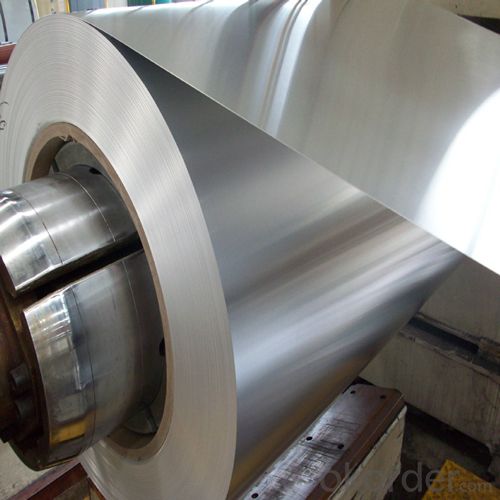
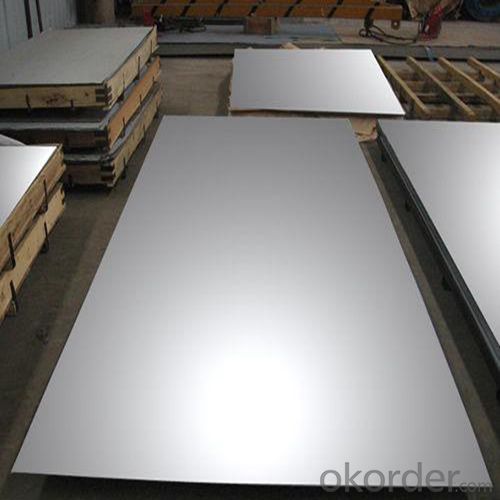
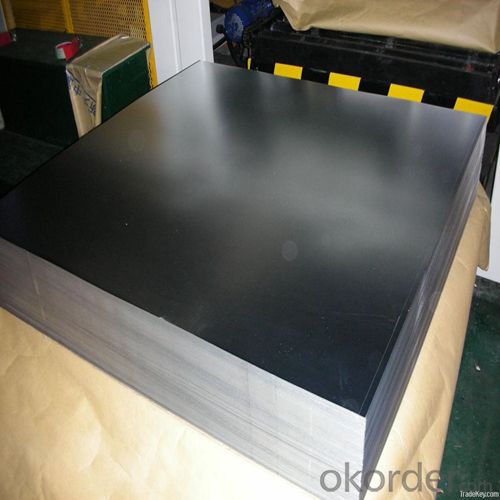
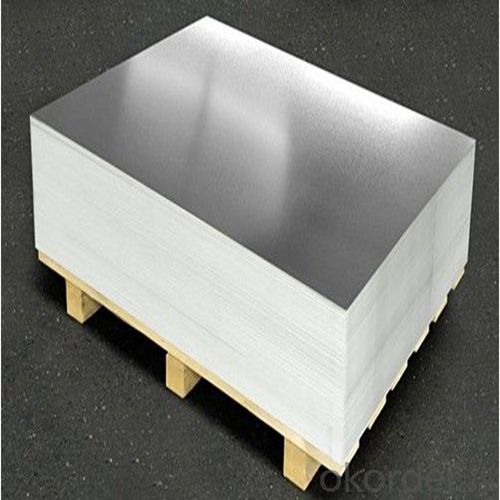
4.Tinplate (ETP) Coil and Sheets for Foods Packaging Specification
Standard | ISO 11949 -1995, GB/T2520-2000,JIS G3303,ASTM A623, BS EN 10202
|
Material | MR,SPCC |
Thickness | 0.15mm - 0.50mm |
Width | 600mm -1150mm |
Temper | T1-T5 |
Annealing | BA & CA |
Coil Inner Diameter | 508mm |
Weight | 6-10 tons/coil 1~1.7 tons/sheets bundle |
Passivation | 311 |
Oil | DOS |
Surface | Finish,bright,stone,matte,silver |
5.FAQ of Tinplate (ETP) Coil and Sheets for Foods Packaging
- How are the Electrolytic Tin Plates specified?
The Electrolytic Tin Plates are specified as per the steel base, extent of tempering, the coating weight, annealing method and the surface finish.
- How many types there are for base steels?
The base steels are of three types: Type MR, L, D
-How to place .an order or contact you ?
Please send us Email. we will give you a quick response in seconds .
- How is your quality ?
All our quality is prime even the secondary quality . We have many years experience
In this field with serious quality control standard . Advanced equipment, We welcome your visit to our factory .
- Q:How is tinplate coated with protective lacquer?
- Tinplate is coated with a protective lacquer through a process called coil coating. This involves applying a thin layer of lacquer onto the surface of the tinplate using a roller or spray method. The lacquer acts as a barrier, protecting the tinplate from corrosion, oxidation, and other environmental factors, ensuring its longevity and durability.
- Q:Can tinplate be used for packaging tobacco products?
- Yes, tinplate can be used for packaging tobacco products. Tinplate is a commonly used material for packaging due to its durability, ability to preserve the freshness of the contents, and its resistance to corrosion. It is a popular choice for packaging tobacco products as it helps to maintain the flavor and quality of the tobacco.
- Q:Tin, tin plated iron. Why can't we get white wine?
- Should be caused by the unqualified corrosion resistance of the tinplate. The reasons are as follows:Tin plating on the surface of the tinplate has played a certain role in corrosion protection, tin surface will be six chromium passivation, further improve the corrosion resistance. However, the liquor contains a lot of water, and if the long-term contact with the iron (without coating tin), the surface of the tin layer will be corrosion, and then corrosion to iron.
- Q:What is the difference between tinplate and tin-free steel?
- Tinplate is a type of steel coated with a thin layer of tin, which provides corrosion resistance and enhances its appearance. On the other hand, tin-free steel refers to steel that does not have a tin coating, making it more cost-effective but also less resistant to corrosion.
- Q:Can tinplate be used for packaging personal hygiene products?
- Yes, tinplate can be used for packaging personal hygiene products. Tinplate is a popular choice for packaging due to its durability, resistance to corrosion, and ability to preserve the quality and freshness of products. Additionally, tinplate can be easily decorated, making it suitable for branding and marketing purposes.
- Q:What are the main manufacturers of tinplate?
- Some of the main manufacturers of tinplate include ArcelorMittal, Tata Steel, Nippon Steel Corporation, and POSCO.
- Q:How does tinplate perform in terms of durability and longevity?
- Tinplate is known for its exceptional durability and longevity. The tin coating provides excellent corrosion resistance, preventing the metal underneath from rusting or deteriorating. This makes tinplate highly suitable for packaging purposes, as it can protect the contents for an extended period. Additionally, tinplate's sturdy construction ensures it can withstand mechanical stress and maintain its integrity over time, further enhancing its durability and longevity.
- Q:What are the main applications of tinplate in the medical industry?
- Tinplate is primarily used in the medical industry for packaging pharmaceutical products, such as pills and tablets, due to its excellent barrier properties against moisture, light, and oxygen. It is also commonly used for medical device packaging, ensuring the sterility and protection of sensitive equipment. Additionally, tinplate is utilized in the production of medical instruments and tools, as it provides a durable and corrosion-resistant coating.
- Q:How is tinplate coated for beverage cans?
- Tinplate is coated for beverage cans through a process called electrolytic tin-plating. In this process, a thin layer of tin is applied onto the surface of the steel sheet, which acts as a protective coating. The steel sheet is first cleaned and then passed through an electrolyte solution containing tin ions. An electric current is applied, causing the tin ions to bond with the steel surface, resulting in a uniform and corrosion-resistant tin coating. This tin coating ensures that the beverage cans remain safe and preserves the flavor and quality of the drink inside.
- Q:What are the main applications of tinplate in the beverage industry?
- Tinplate is commonly used in the beverage industry for the production of cans and containers. Its main applications include packaging for carbonated drinks, beer, fruit juices, and other beverages. Tinplate provides excellent protection against corrosion, ensuring the freshness and quality of the product. It also offers high strength, easy formability, and good printability, making it an ideal choice for branding and product differentiation. Moreover, tinplate cans are easily recyclable, contributing to sustainability efforts in the industry.
1. Manufacturer Overview |
|
|---|---|
| Location | |
| Year Established | |
| Annual Output Value | |
| Main Markets | |
| Company Certifications | |
2. Manufacturer Certificates |
|
|---|---|
| a) Certification Name | |
| Range | |
| Reference | |
| Validity Period | |
3. Manufacturer Capability |
|
|---|---|
| a)Trade Capacity | |
| Nearest Port | |
| Export Percentage | |
| No.of Employees in Trade Department | |
| Language Spoken: | |
| b)Factory Information | |
| Factory Size: | |
| No. of Production Lines | |
| Contract Manufacturing | |
| Product Price Range | |
Send your message to us
Tinplates (ETP) Coil and Sheets for Foods Packaging
- Loading Port:
- Tianjin
- Payment Terms:
- TT OR LC
- Min Order Qty:
- 25 m.t.
- Supply Capability:
- 7000 m.t./month
OKorder Service Pledge
OKorder Financial Service
Similar products
New products
Hot products
Related keywords
